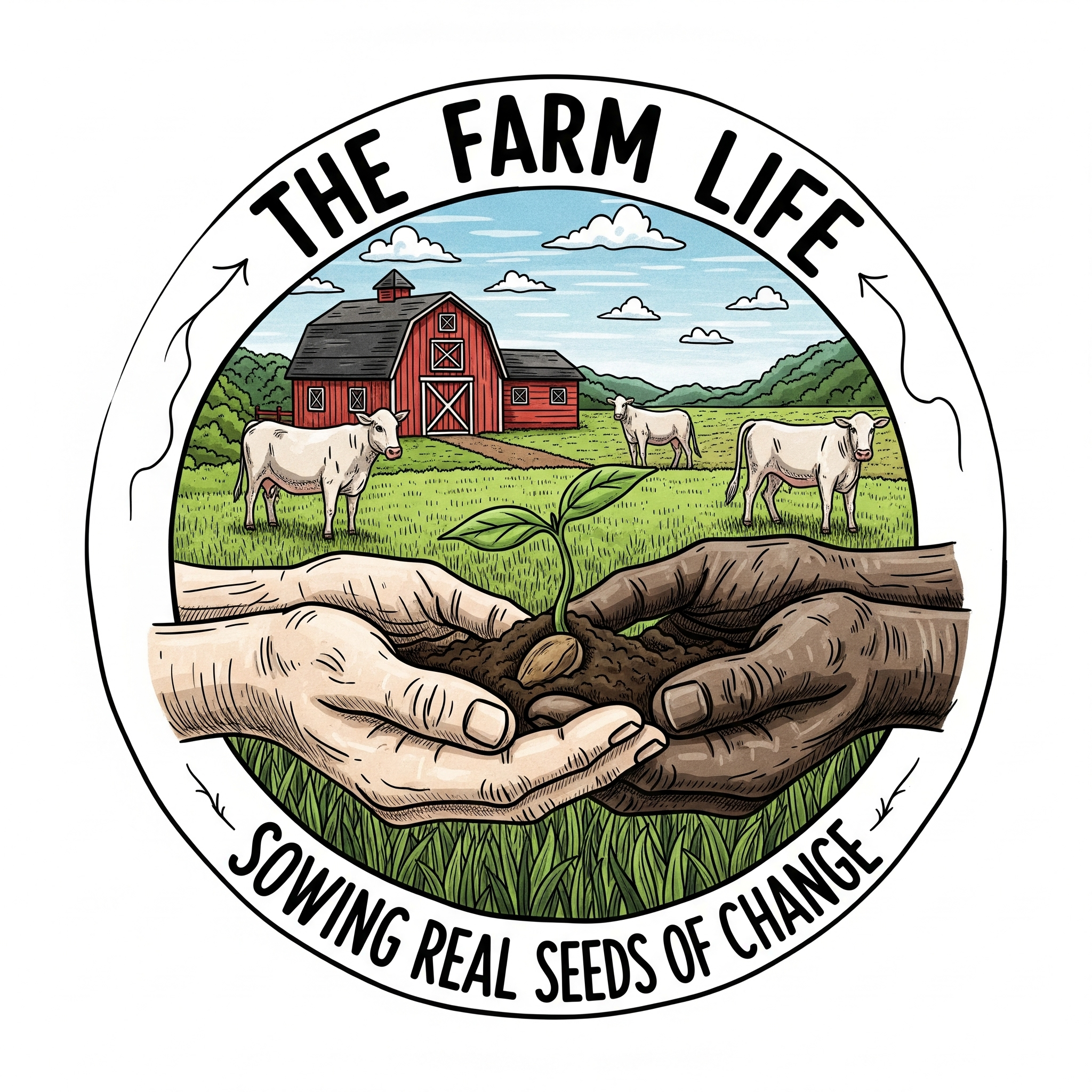🌿At The Farm Life, we believe in working with the land in a way that’s respectful, manageable, and full of purpose. Raised bed gardening is one of those time-honored techniques that brings structure, beauty, and bounty to any growing space—whether you’re farming acres or tending a small backyard patch.
More than just a trend, raised beds echo the values of stewardship, simplicity, and practicality that generations before us relied on.
🌱 What Is Raised Bed Gardening?
Raised bed gardening involves growing plants in soil that is mounded or contained above ground level, typically within wooden, metal, or stone frames. These beds are often 6 to 24 inches tall and can be any length or width that suits your space.
They bring the garden up to you—making it easier to plant, weed, and harvest without straining your back or stepping on delicate soil.
🧑🌾 Why We Love Raised Beds at The Farm Life
1. Better Soil Control
In raised beds, we can build our own rich soil mix—perfect for gardens in places with clay, sand, or rocky ground.
We blend compost, aged manure, organic matter, and a bit of sand for drainage. It’s like giving your plants a perfect home.
2. Fewer Weeds, Less Work
With clearly defined borders and fresh soil, raised beds cut down on weed growth. Plus, the smaller space makes it easy to spot and remove invaders quickly.
3. Excellent Drainage
Because raised beds sit above ground, water drains better—especially helpful during wet seasons or in clay-heavy regions.
4. Easy Access
Tending to a garden should bring peace, not pain. Raised beds are easier on the knees and back, especially for elders or anyone with mobility challenges.
5. Great for Kids
We love watching little ones care for their own garden sections. Raised beds give kids a defined space to dig, learn, and grow without overwhelming them.
🪵 Materials You Can Use
You don’t need fancy materials to build a raised bed. We like to keep it traditional and resourceful:
- Untreated lumber or cedar (natural and rot-resistant)
- Reclaimed wood from barns or fencing (check for chemicals)
- Cinder blocks, bricks, or stones
- Galvanized metal troughs for a rustic farm look
Even straw bales can be used as temporary raised beds!
🌸 What to Plant
Raised beds are perfect for:
- Leafy greens (lettuce, spinach, kale)
- Root crops (carrots, beets, radishes)
- Herbs (basil, thyme, parsley)
- Tomatoes, peppers, and bush beans
Because the soil warms faster in spring, you can plant earlier—and harvest longer.
💧 Tips for Success
- Mulch after planting to retain moisture and reduce weeds
- Add compost each season to keep soil rich
- Rotate crops yearly to avoid soil-borne diseases
- Install drip irrigation or a soaker hose for even watering
- Use companion planting to naturally repel pests and boost growth
🧡 Growing with Purpose
At The Farm Life, we see raised bed gardening not just as a method—but a mindset. It’s about working smarter, respecting the land, and creating spaces where anyone—child or elder, seasoned gardener or first-time grower—can take part in the harvest.
We invite you to come see our raised beds in action. Join a workshop, help plant a pollinator bed, or build one of your own with our community team.
Grow with us—one bed at a time.
Visit our event calendar (Coming soon) to learn more about our hands-on gardening programs and how you can get involved.
Together, we’re sowing real seeds of change. 🌾

Founder/CEO –At Harvesting Change & The Farm Life, our mission is to sow real seeds of change by nurturing a hands-on, inclusive learning environment rooted in sustainable farming, community connection, and traditional wisdom rooted in equity, sustainability, and social justice. We cultivate more than just gardens—we grow knowledge, resilience, and relationships that nourish people of all races, genders, and ages and the land alike.
